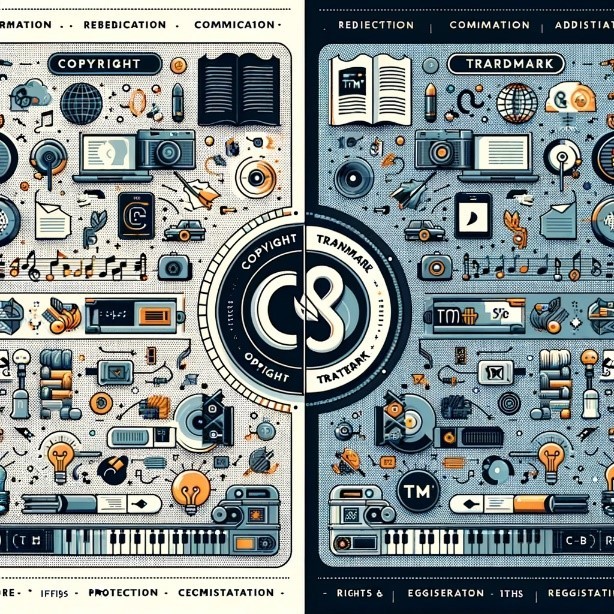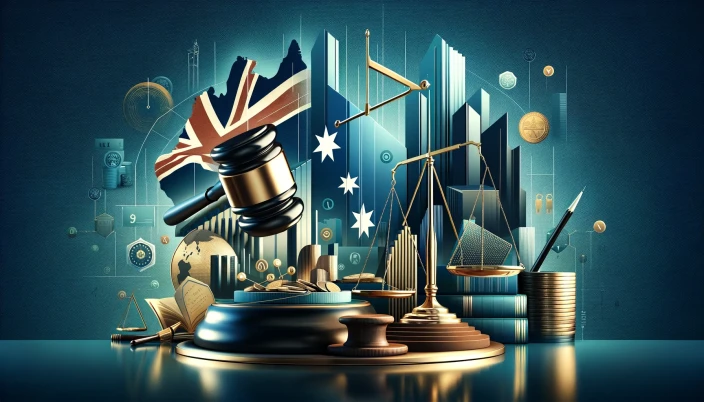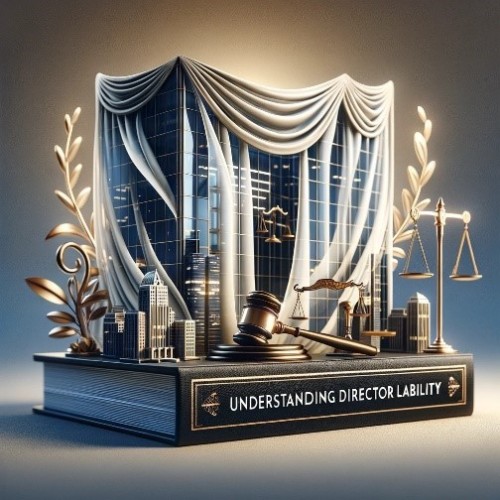Intellectual Property (IP) is essential for businesses looking to protect their creative works and brand identity. However, many business owners often get confused between two of the most common forms of IP protection: Copyright vs Trademark. Understanding the differences between these two is crucial for businesses to protect their interests and ensure they respect others’ IP rights.
In this blog, we’ll break down Copyright vs Trademark and explore how each form of protection works under Australian law.
What is Copyright?
In Australia, Copyright is automatically granted to the creators of original works under the Copyright Act 1968 (Cth). This protection applies to a wide range of creative works, including literary, musical, and artistic creations.
Types of Works Protected by Copyright
Copyright in Australia covers several types of works, including:
- Literary works (e.g., books, articles, and software)
- Dramatic works (e.g., plays and screenplays)
- Musical works (e.g., songs and compositions)
- Artistic works (e.g., paintings, drawings, and sculptures)
- Subject matter other than works, including sound recordings, broadcasts, and published editions.
Importantly, Copyright protects the expression of ideas rather than the ideas themselves. For example, a specific design of a cat may be copyrighted, but the idea of a “cat drawing” is not.
Copyright Rights and Infringement
As a copyright holder, you have the exclusive right to:
- Reproduce or copy the work
- Communicate the work to the public
- Publish the work
- Perform the work publicly
- Adapt or create derivative works
Infringement occurs when someone uses your work without permission, unless a licence has been granted.
Duration of Copyright Protection
In Australia, Copyright lasts for the creator’s lifetime plus 70 years after their death. However, if the work is created for a company or is commissioned, the copyright may belong to the employer or the commissioner, not the creator.
Protecting Your Copyright
To safeguard your Copyright:
- Document drafts and notes to prove the work’s originality.
- Use the © symbol to signal ownership.
- Have written agreements to specify how your work can be used.
- Take legal action if someone infringes on your Copyright.
What is a Trademark?
In contrast to Copyright, a Trademark protects a company’s brand and identity. Trademarks are registered with IP Australia and can also be registered internationally. They function as a way to distinguish your goods and services from those of others in the market.
Trademarks can include:
- Words (e.g., business names or slogans)
- Phrases
- Logos
- Shapes, colours, and sounds
- Even smells in some cases!
For example, a company logo is protected under both Copyright (for the design) and Trademark (for the brand identity).
Trademark Protection and Limitations
A Trademark protects your brand identity but does not cover the description of your business’s products or services. For instance, you can’t trademark generic phrases like “best pizza in town” unless it is uniquely linked to your brand.
Duration of Trademark Protection
Trademarks in Australia last for 10 years from the date of registration and can be renewed indefinitely. However, non-use of a trademark for a period of time can lead to its removal from the register.
Protecting Your Trademark
To ensure your Trademark is properly protected:
- Register your Trademark with IP Australia.
- Use the ® symbol for registered trademarks, and TM for unregistered ones.
- Keep written agreements to clarify how your trademark is used.
- Take legal action if your trademark is infringed.
Copyright vs Trademark: Key Differences
While both Copyright vs Trademark are essential for protecting a business’s intellectual property, they serve different purposes and cover different aspects of IP.
| Copyright | Trademark |
|---|---|
| No registration required | Requires registration with IP Australia |
| Protects creative works (literary, artistic, etc.) | Protects brand identifiers (logos, names, slogans) |
| Lasts for the creator’s lifetime plus 70 years | Lasts for 10 years, renewable indefinitely |
| Covers the expression of ideas | Covers distinctive branding used in commerce |
Conclusion: Why Copyright vs Trademark Matters
Both Copyright vs Trademark are crucial tools for protecting your business’s intellectual property, but they serve different functions. Copyright ensures your creative works are safeguarded, while Trademarks protect your brand identity and help you stand out in the market.
Understanding the differences between these two types of IP protection is essential for any business looking to maintain a competitive edge and avoid legal complications.
If you’re unsure which type of protection is right for your business, Allied Legal can provide expert advice on Copyright vs Trademark. Contact us at 03 8691 3111 or via email at hello@alliedlegal.com.au to discuss your intellectual property needs and protect your brand.





